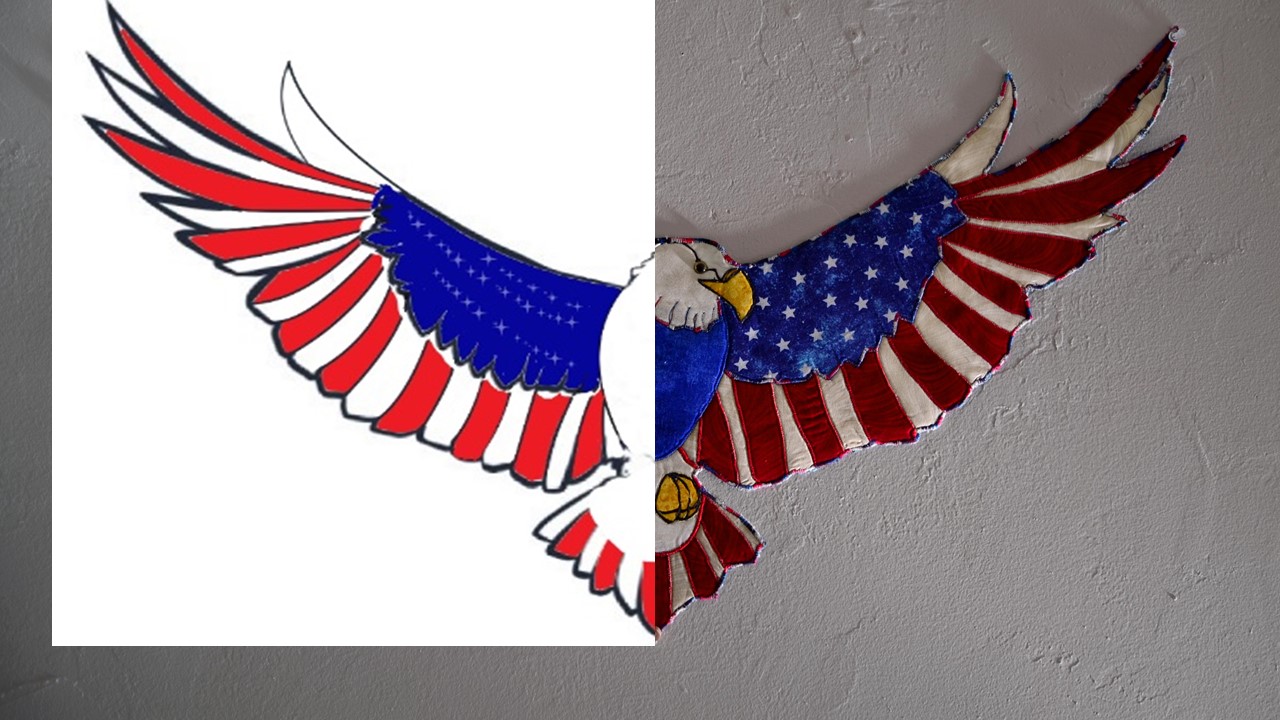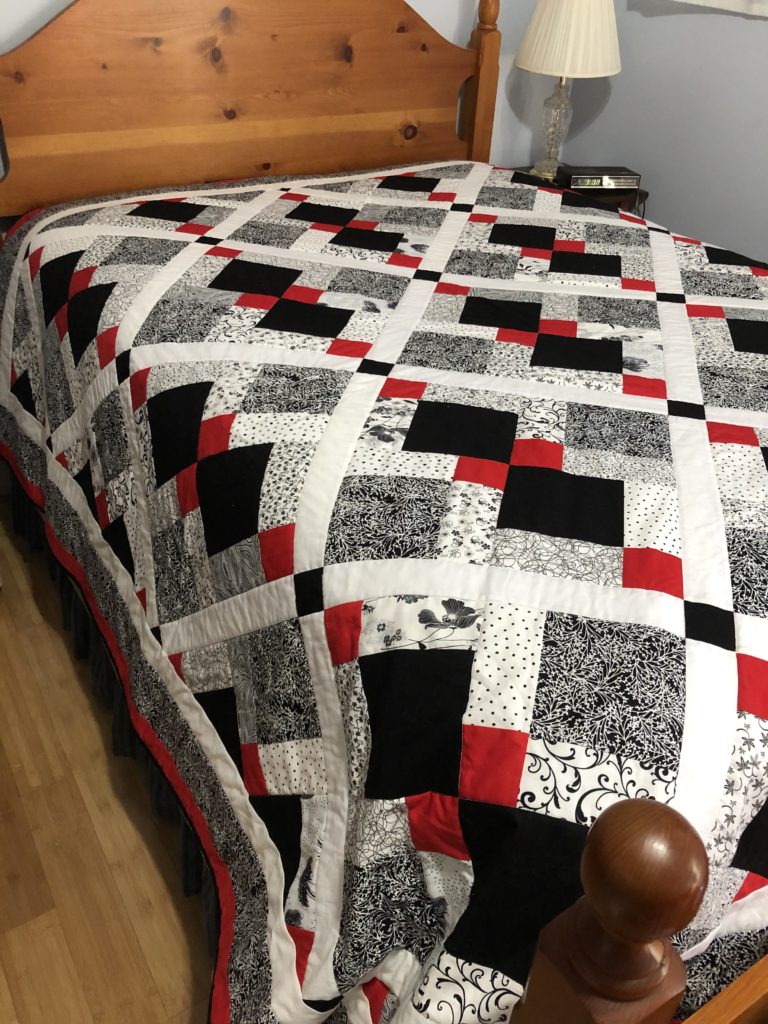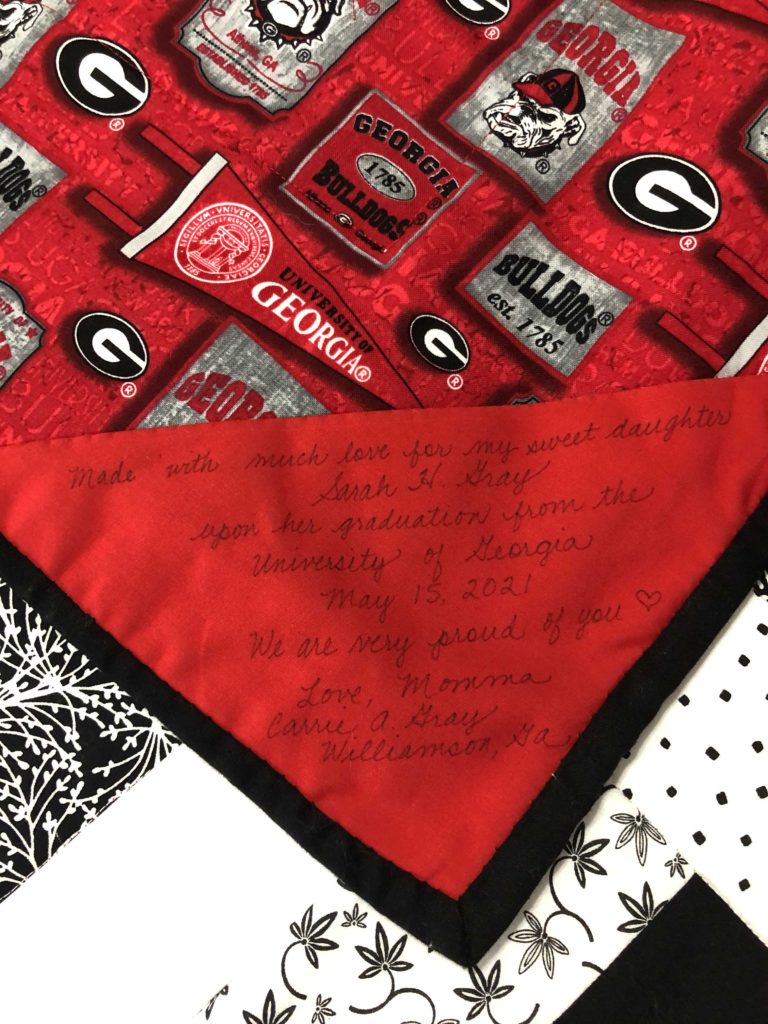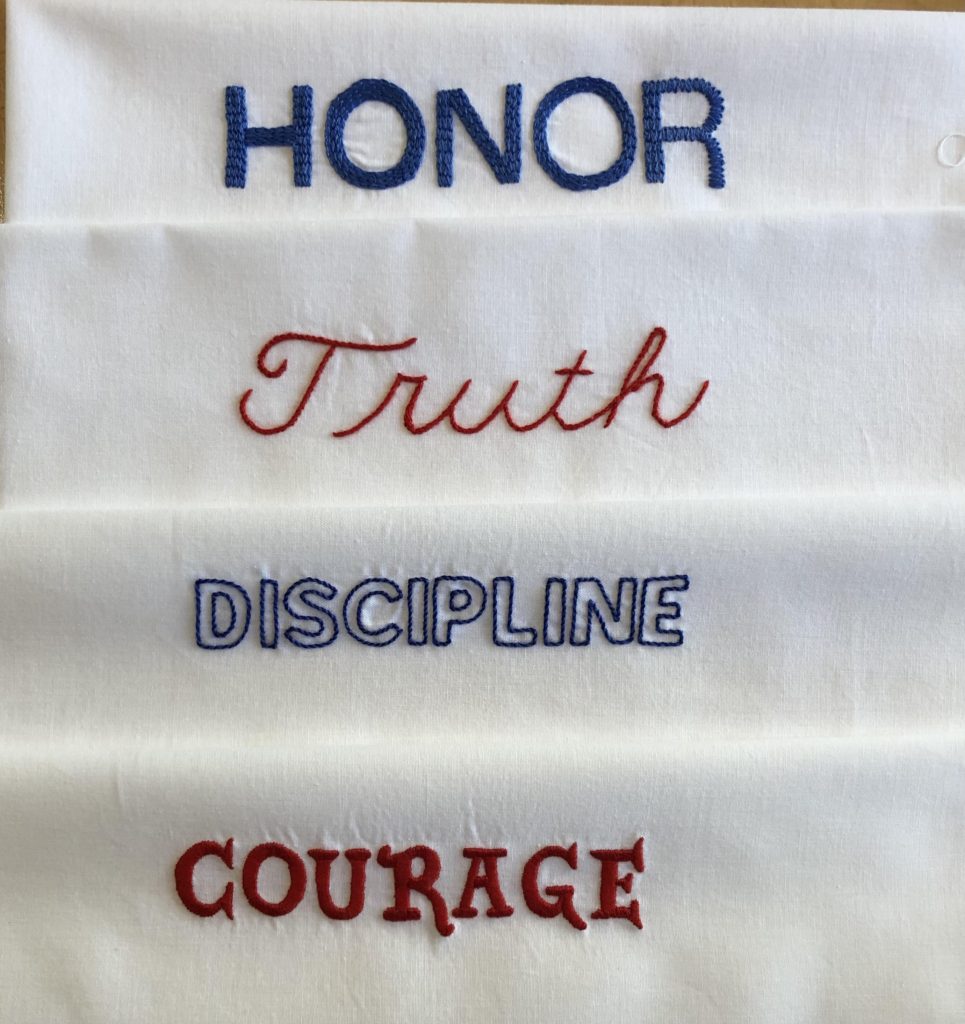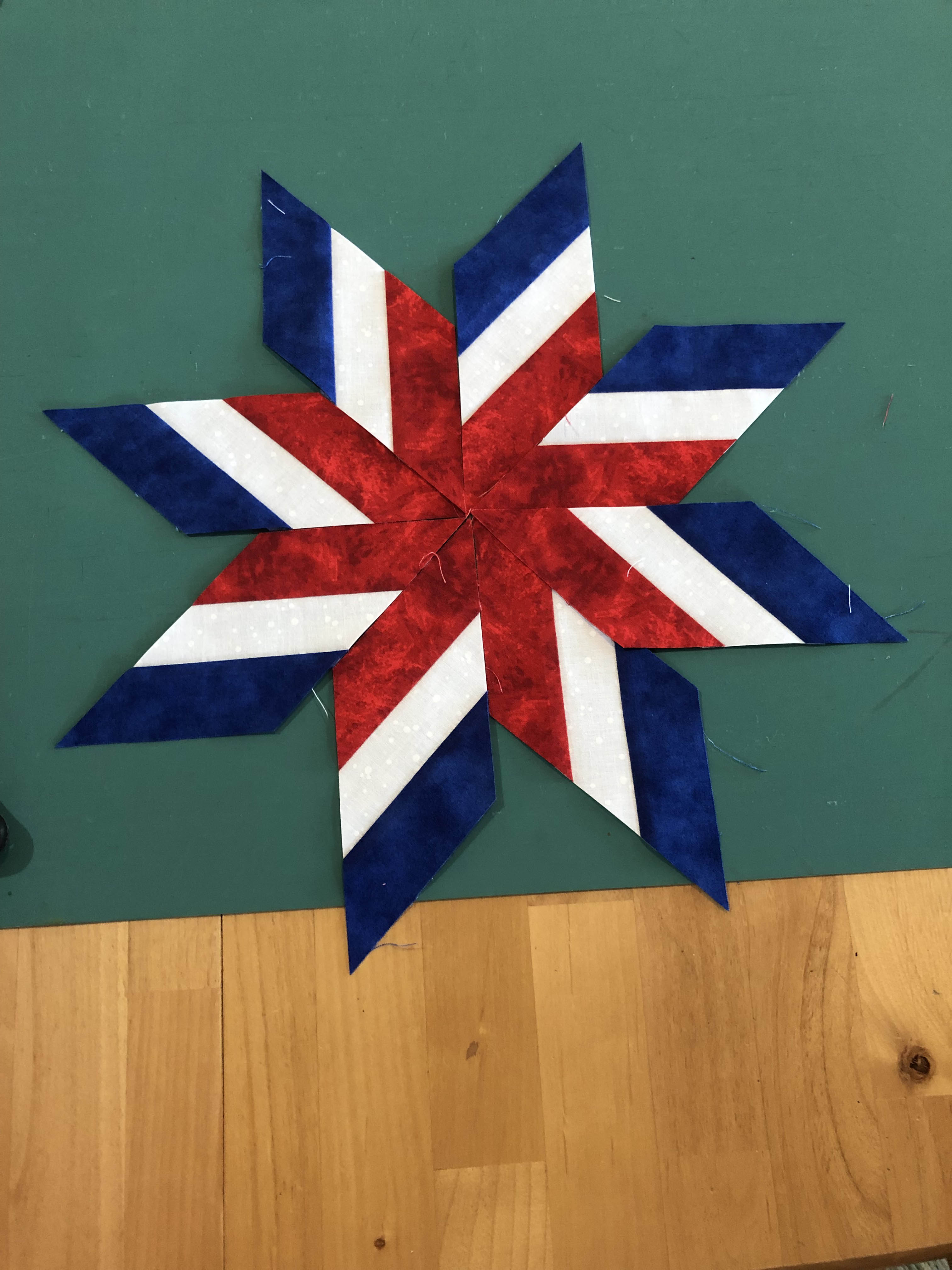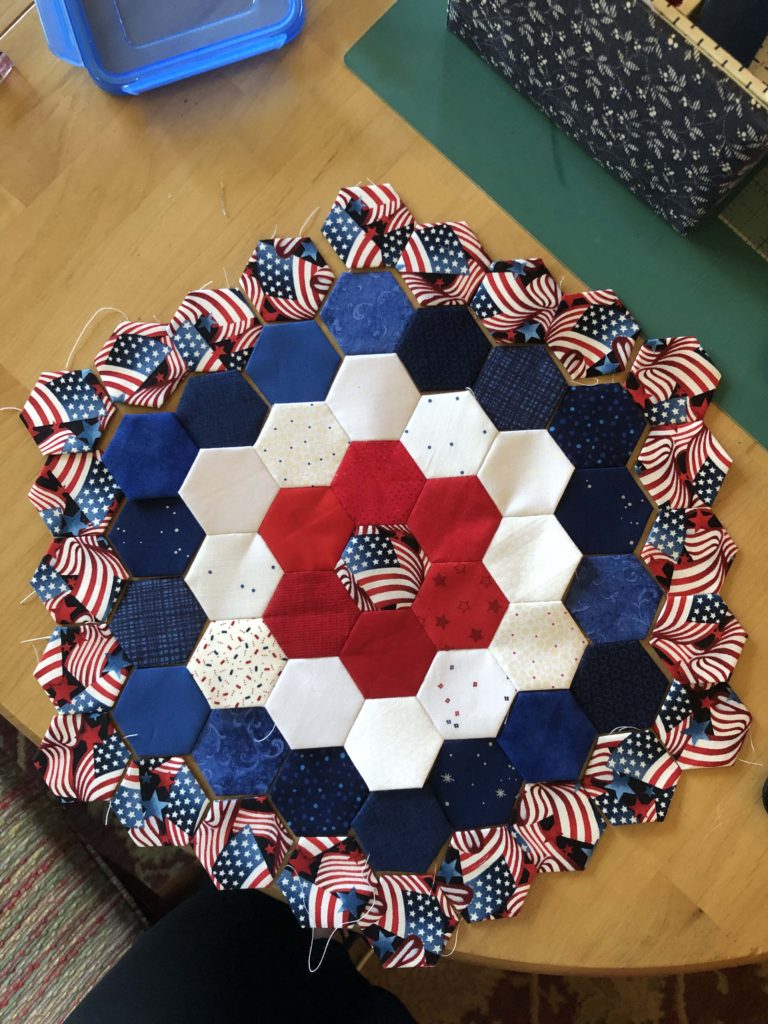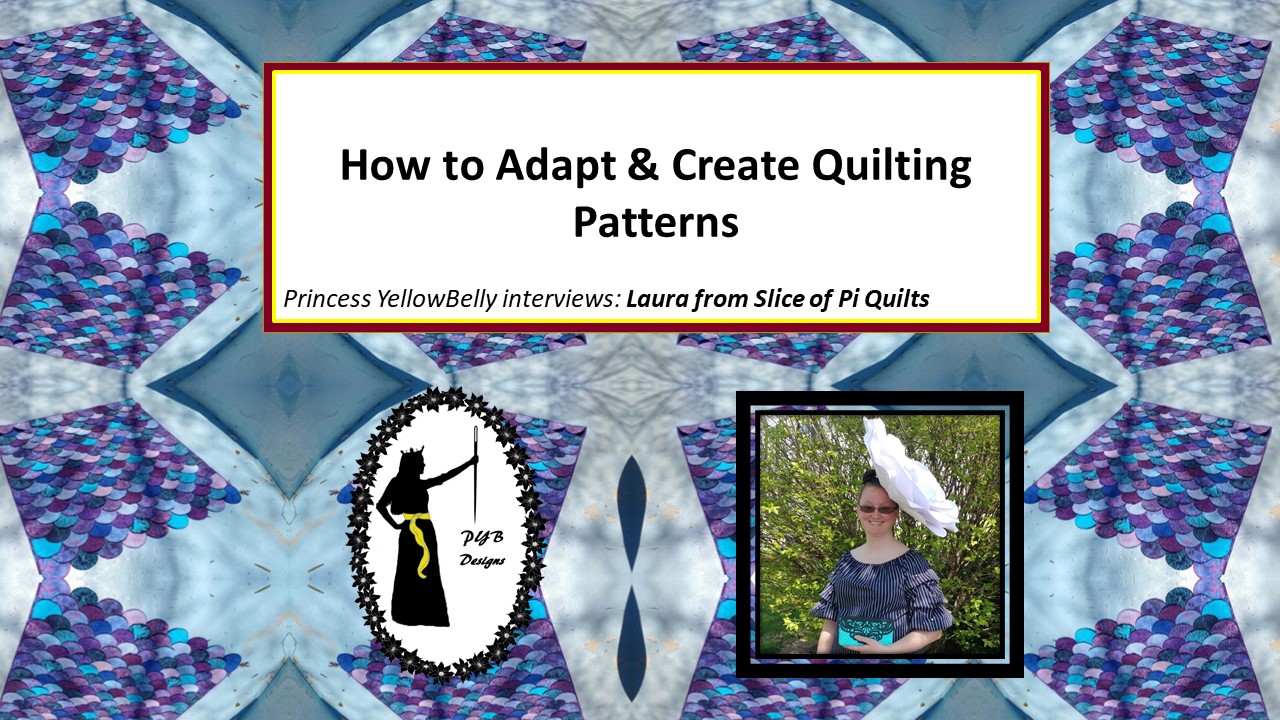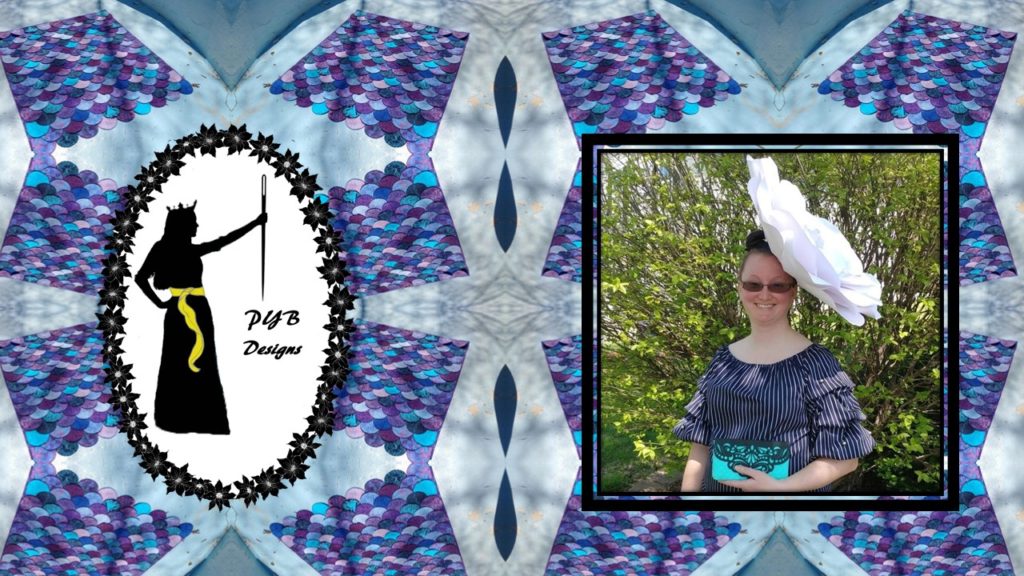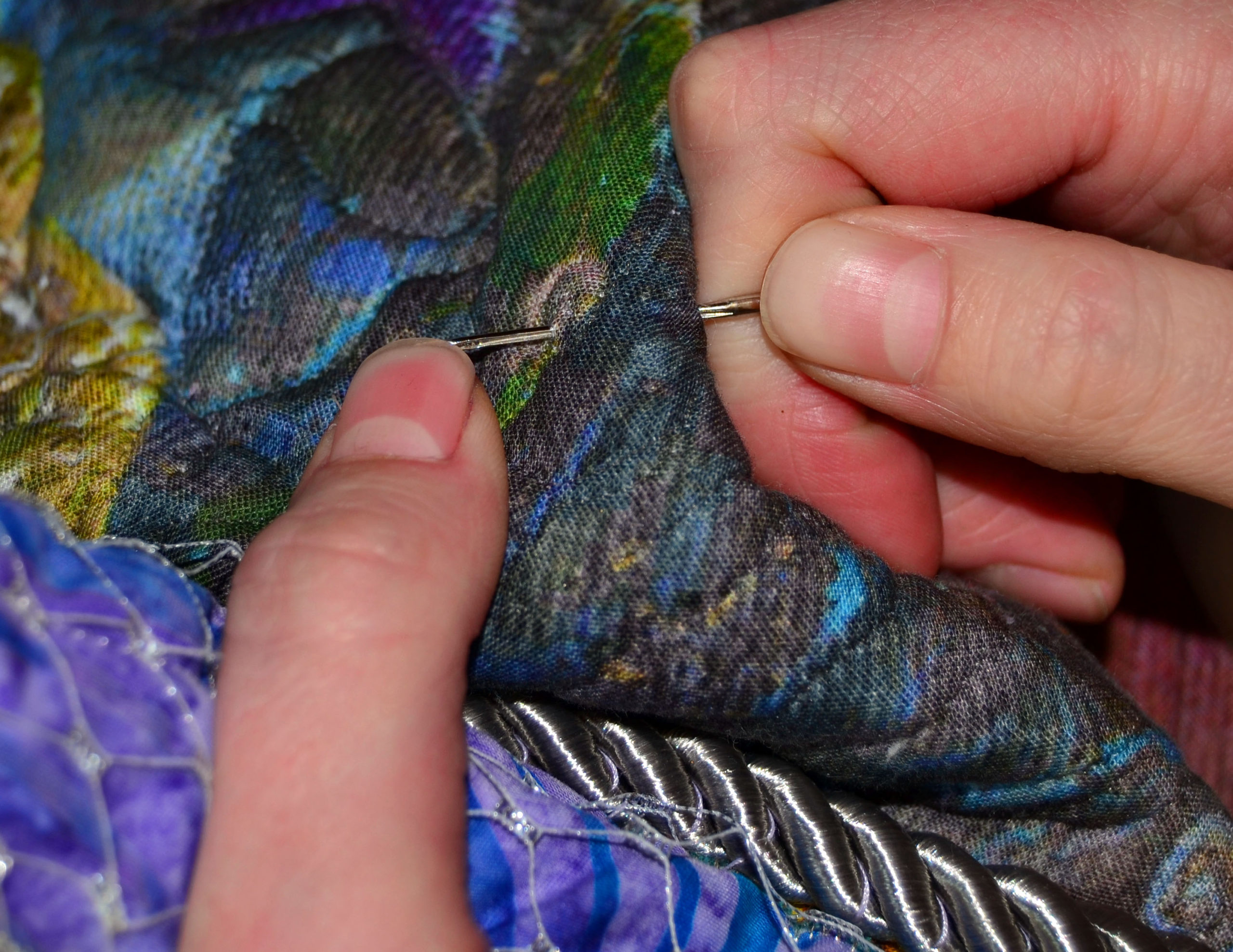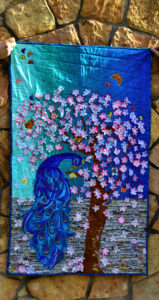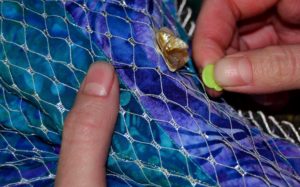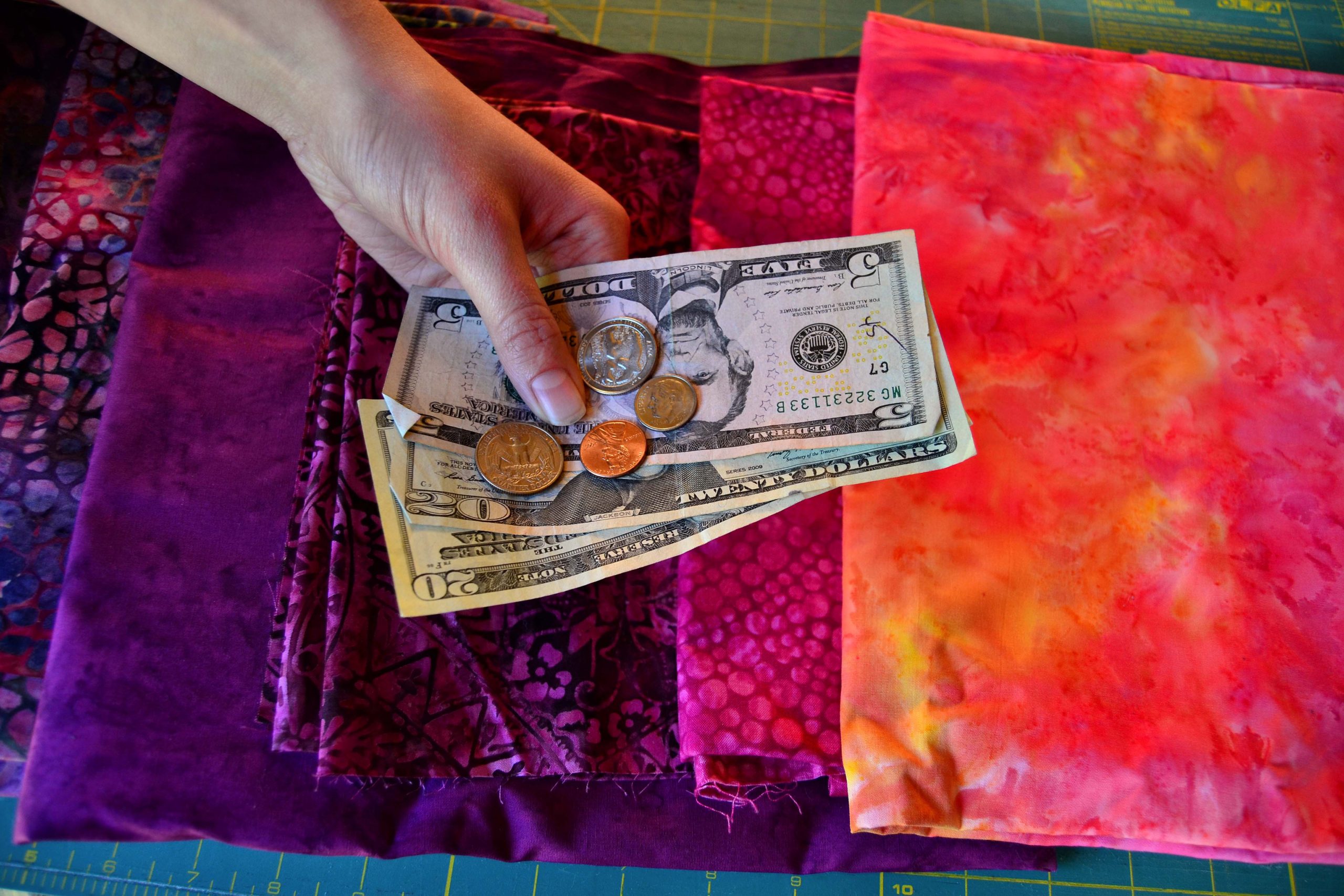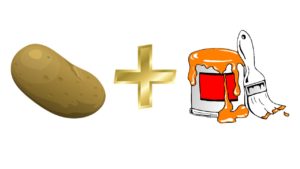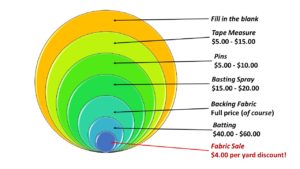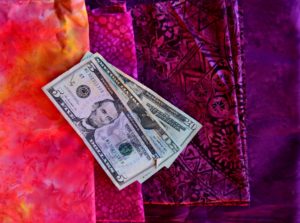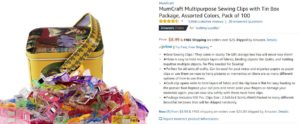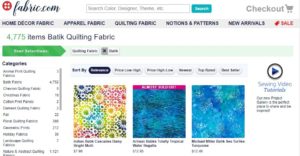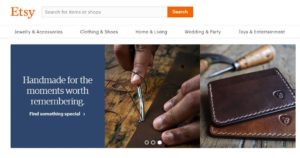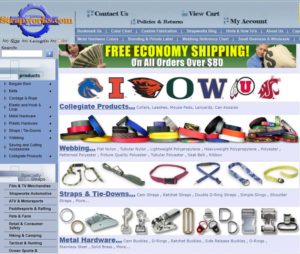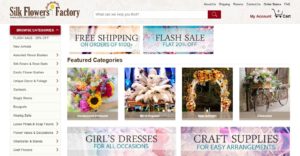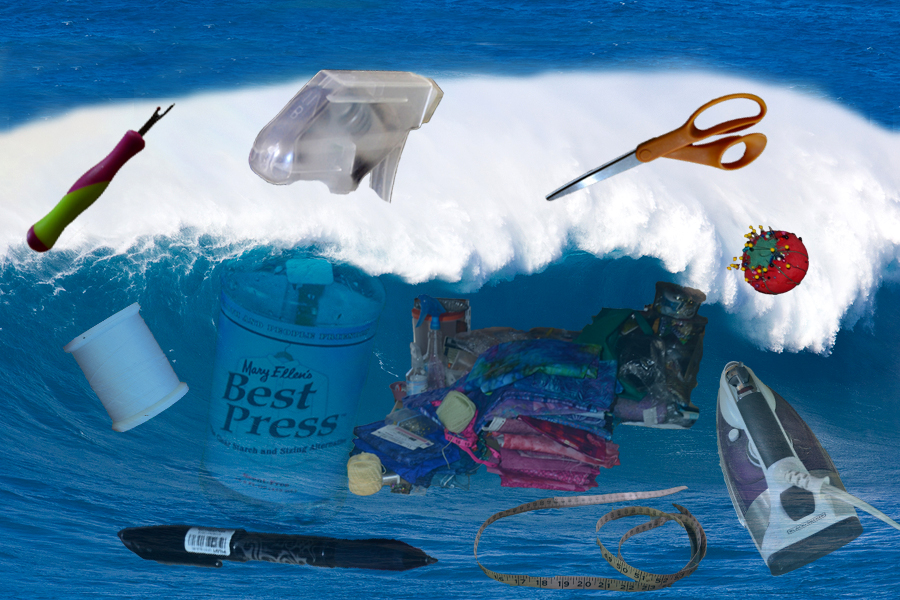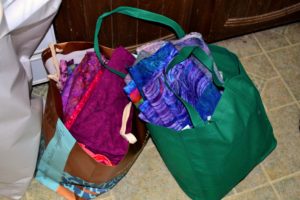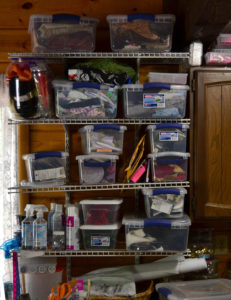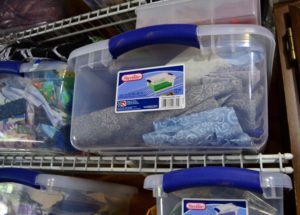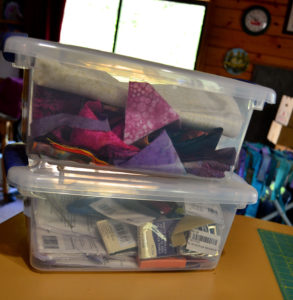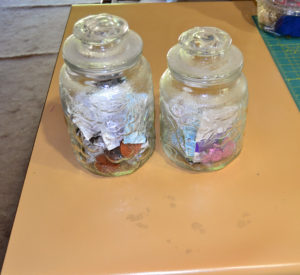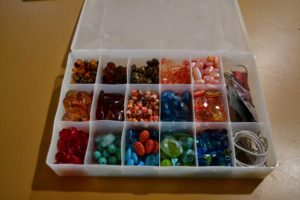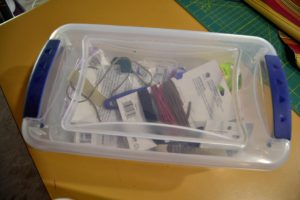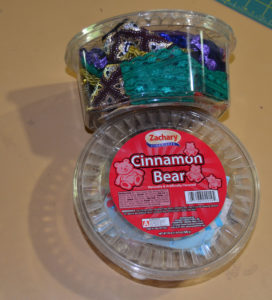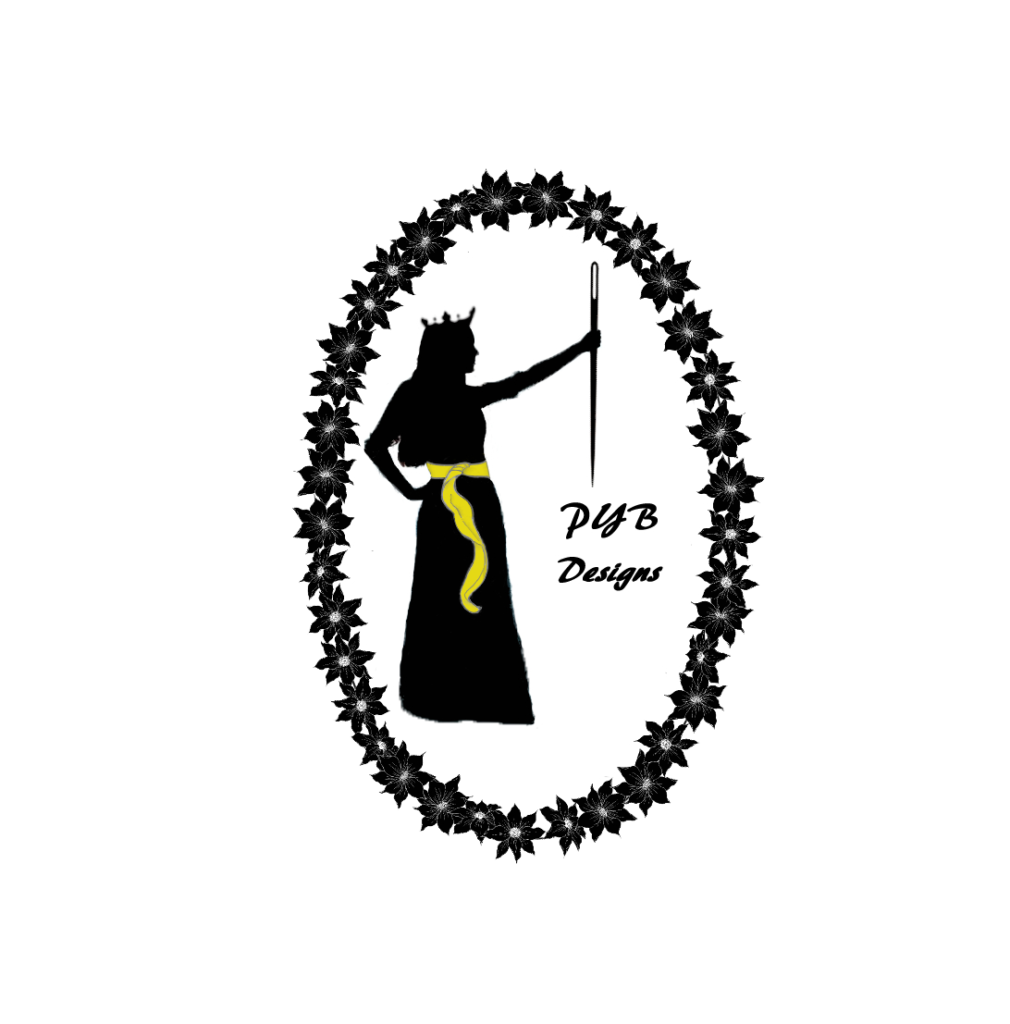
“Can you use a shaped wall hanging pattern as the centerpiece square of a traditional quilt?”
If that question sent shockwaves down your backbone, then you’re not alone! That deceptively simple little question sent ripples out into our curiosity. It’s inspired our interest, our creativity, and it’s suggested a whole new section that we hope will prove to not only be insightful into the arts of quilting and pattern alteration – but also inspirational for your own quiltivity!
Welcome!
Join Us for One Pattern’s Journey from Idea, to Wall Hanging, to Heirloom
As of this moment you’re invited to embark on a new journey with Princess YellowBelly and our newest artistic friend on the ever evolving journey of one of our very favorite original patterns.
Arguably our single most popular item ever is our soaring red, white, and blue shaped American eagle wall hanging.
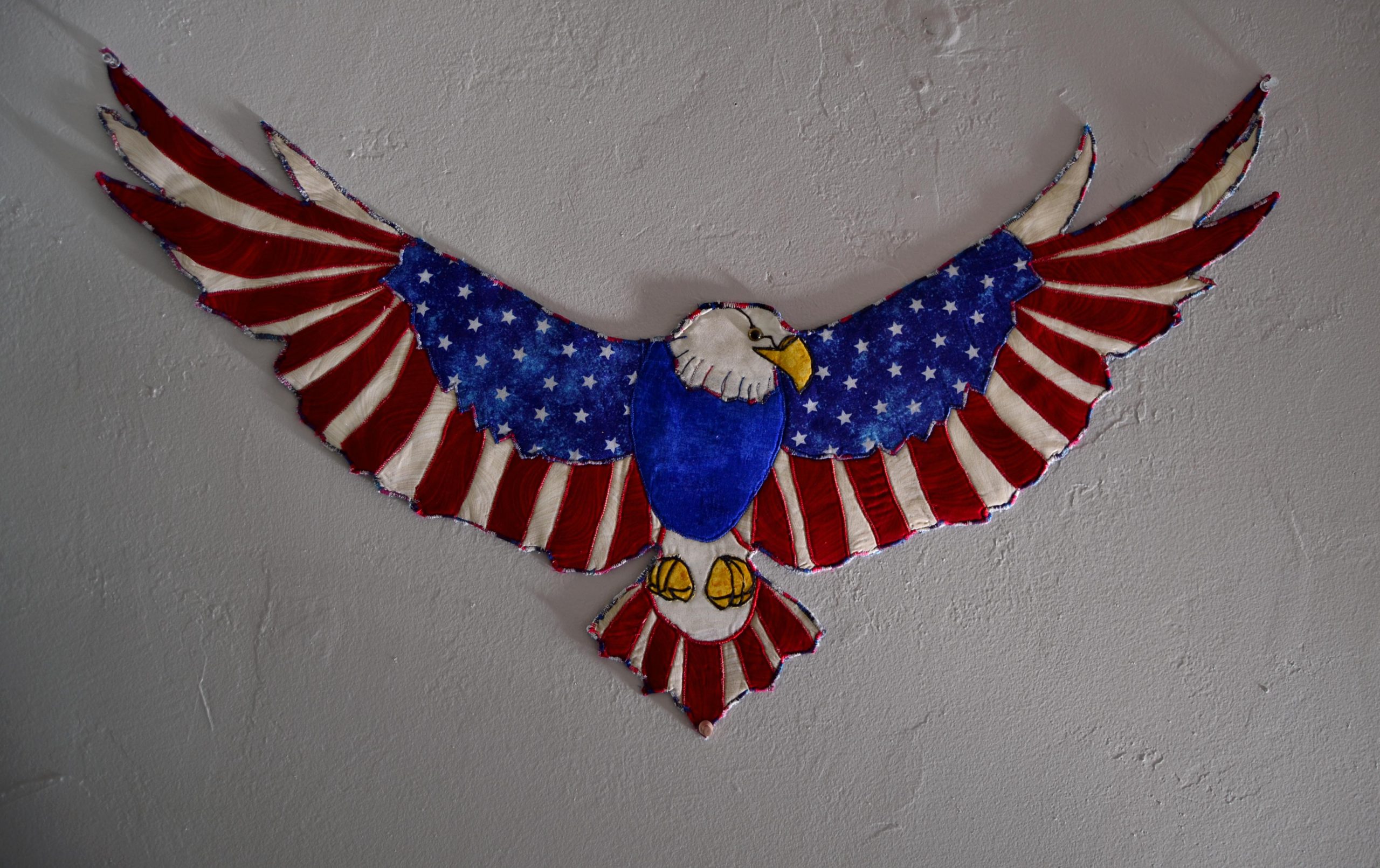
“Freedom Flight” was created as a celebration of the Fourth of July several years ago.
Since we first put it up, it consistently has the most views, often by the day, and certainly by the month and year. And it easily leads the field in our original pattern shop, as well.
An Intriguing New Design Idea
Just a couple of weeks ago we received an interesting question via our Etsy.com store.
Carrie asked us: “I am thinking of using the pieced eagle as the centerpiece of a quilt. Do you think it would work to piece this onto a base fabric that could be used in a traditional quilt?”
Fascinating.
At Princess YellowBelly we spend an awful lot of time trying to figure out how to turn more traditional quilting patterns into shaped wall-hangings, but we’d never thought of turning one of our original designs back into a traditional quilt!
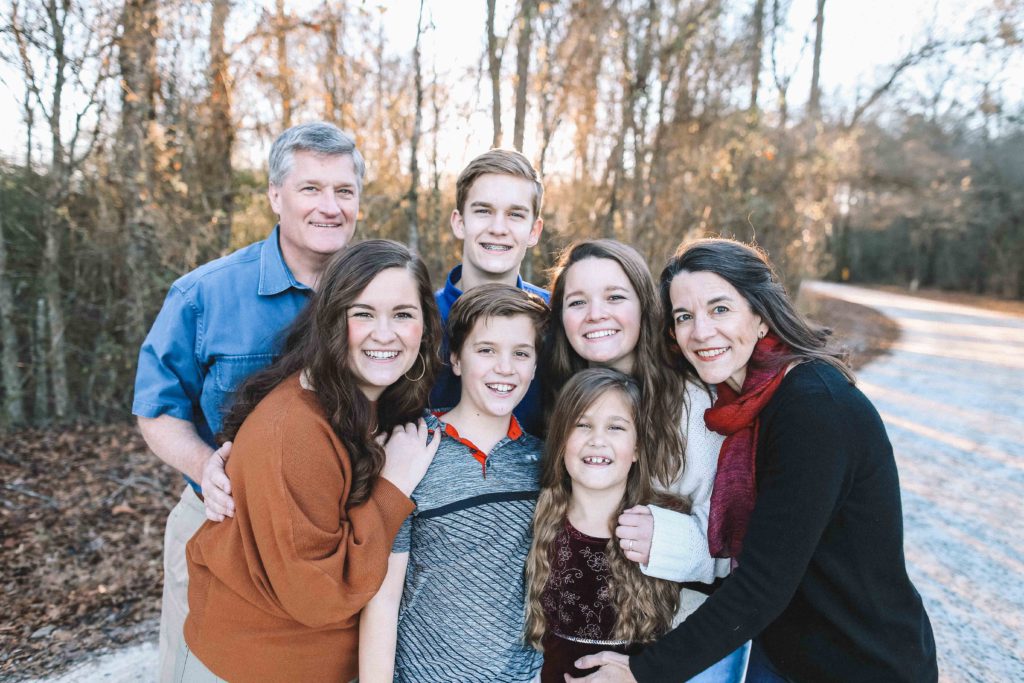
We sent back an answer that we thought would be useful – and I’ll share that a little later. However, as helpful as we were trying to be, we got to thinking that this question deserved much closer attention, and Carrie’s ingenuity deserved a lot more support from us.
Let’s Figure it Out Together!
There’s a lot of icky, picky details to try to figure out if you go around adapting other people’s existing patterns.
Especially something like Freedom Flight, which is already “abnormal” to an extent, and which we’ve played with and perfected until it’s a pretty much self-contained pattern.
So after we sent off that early response, we reached back out to Carrie and asked her if she’d like a little bit more help on trying this incredibly interesting – and potentially difficult – creative adventure.
She Said Yes!
While Carrie goes about re-creating Freedom Flight as the centerpiece of a very, very special heirloom quilt, she’ll be generously sharing her story with us.
A Loving Mother’s Self-Made Trap
Carrie, in her own words, never planned on doing this type of super-creative quilting.
“I’m not really a quilter – I much prefer handwork, crochet, embroidery, stuff I can do in the car or while watching TV!
But I dug myself a hole in 2014, when I made our oldest child a high school graduation quilt (mostly embroidered silhouettes of Paris and hand appliquéd PARIS down the center squares) and thereby set the precedent of having to make the younger children quilts as well for their graduations.
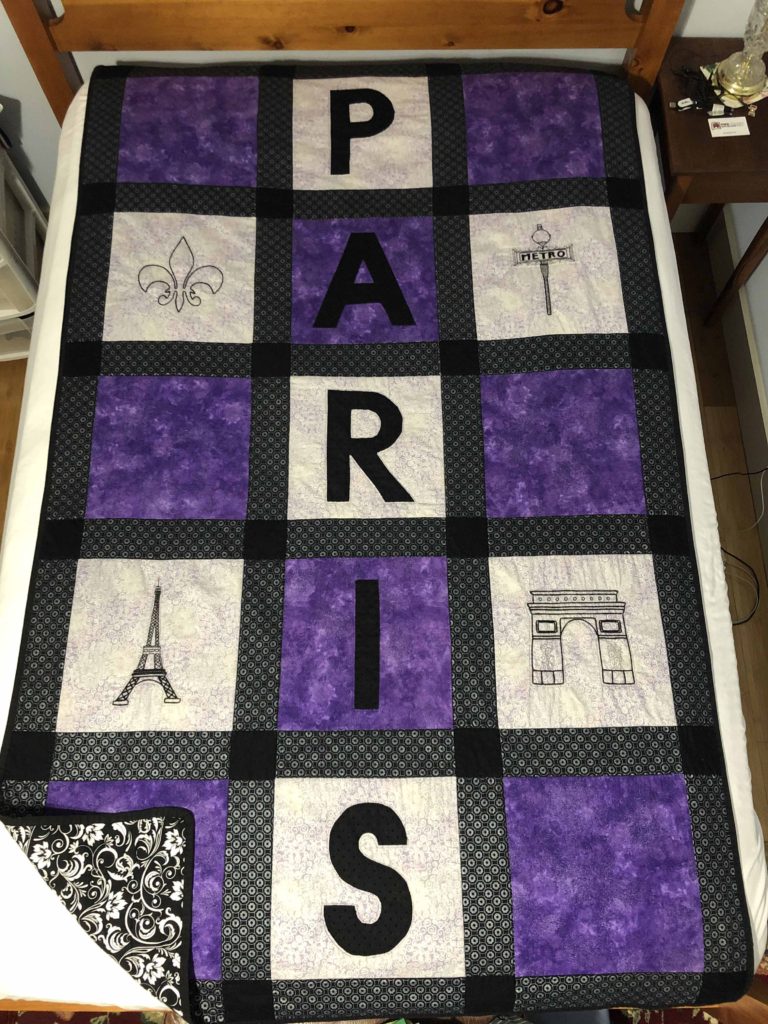
The most recent one was a college graduation for her younger sister last May. I’m now working on brother’s high school graduation – set for May 2022. He wants to go to a Service Academy, so I’m just using a patriotic theme. I’ve hand appliquéd USA onto individual squares and also embroidered words:
- Courage
- Discipline
- Honor
- Duty”
Wow! In my opinion, that’s brave, and that’s a real show of love – doing something you don’t particularly enjoy just because you want all of your kids to know that you care for them equally, and you want them to have something to remember forever.
I started quilting for the same reason (my kids were little), but I enjoyed quilting to start with.
Getting this Party Started
Which is why I’m so honored that Carrie chose our pattern to complete her journey with. Especially since Carrie hand-pieces her quilts!
“All the while, I don’t have a pattern that I’m following – just kind of making it up as I go. And trying to do as much by hand as I can, since that’s actually what I really enjoy. When I saw your eagle pattern, it looked like something that I could piece by hand and then appliqué onto a background fabric.”
Piecing together a bunch of different squares around a central theme and without a formal pattern is something we do a lot of ourselves. And while it’s tricky, it also makes for amazing and unique quilts.
At this stage of her project, this is what Carrie is working with:
- A digital download pattern of Freedom Flight (which includes step-by-step instructions, graphic illustrations, and a master template)
- And access to a step-by-step video tutorial series, as well
- She also has the outer-border squares that she’s already appliqued and embroidered
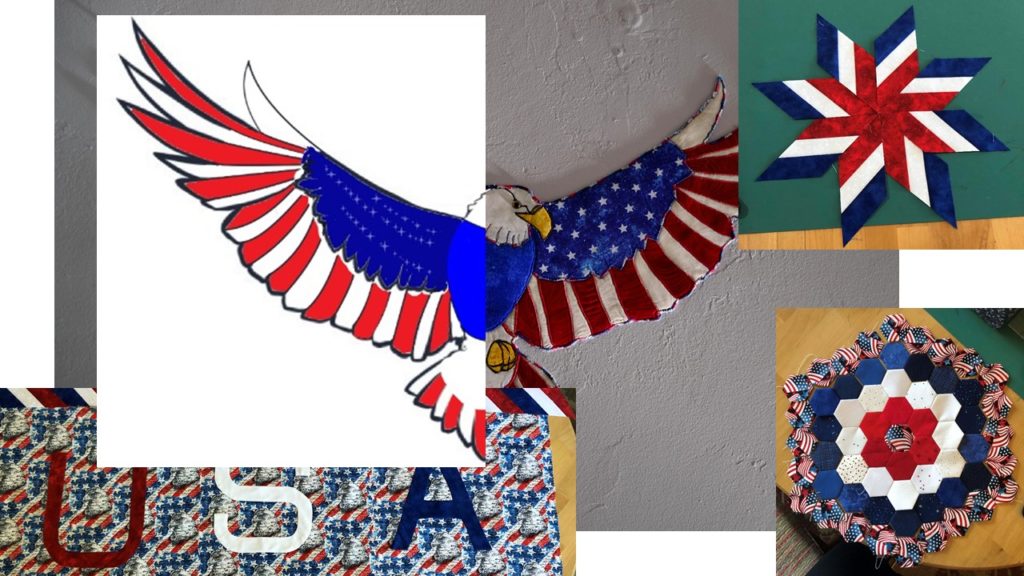
Access to Our Hands-On Help
In exchange for being able to share Carrie’s story, and pictures of how she adapts Freedom Flight in her heirloom quilt, we’re offering her hands-on help and access to our ideas and brainstorming.
Depending on what issues Carrie may or may not have, we’ll keep adding updates:
- In articles
- Social media posts
- Pictures
- Possibly videos
That last one, videos, may come about if Carrie wants to talk to us directly, probably via a Zoom call.
In our next article we’ll share the advice that we initially gave Carrie – which was basically our personal experience with putting shaped centerpieces onto background squares. We shared several different ideas, and we’ll see which option she does decide to go with. (The hand-piecing should add an interesting element).
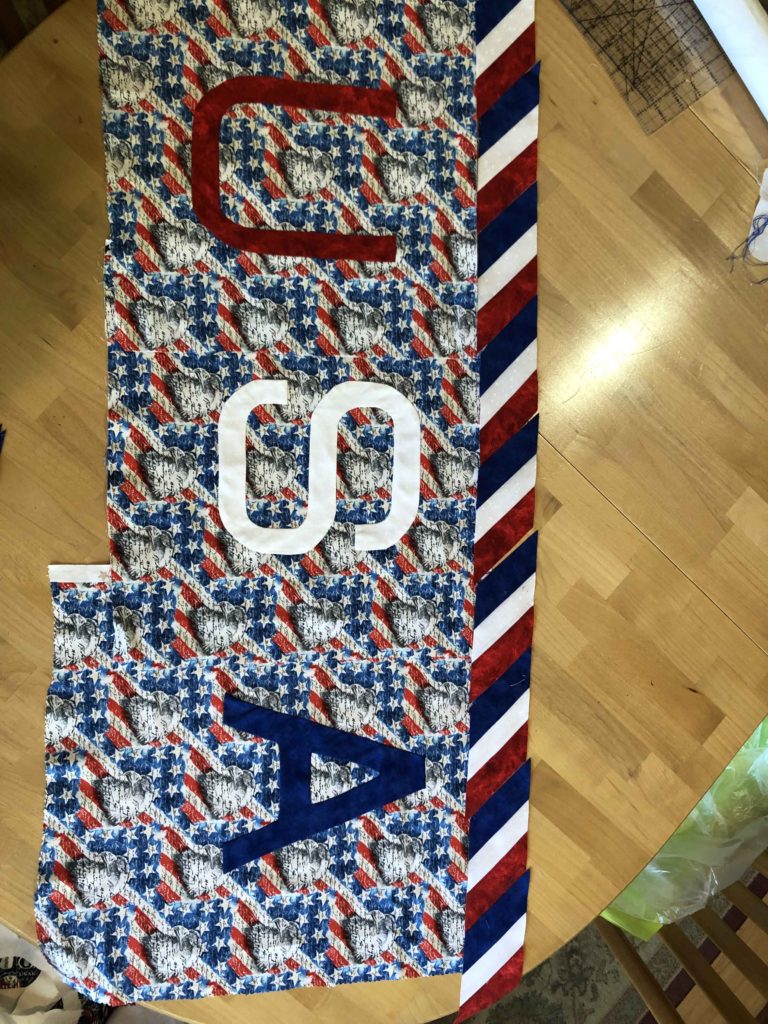
See you over there!
Your guide to quiltivity,
Karyl (aka Princess YellowBelly)

